Published
- 15 min read
Which Are the Best AI Tools for Deployment in 2025?
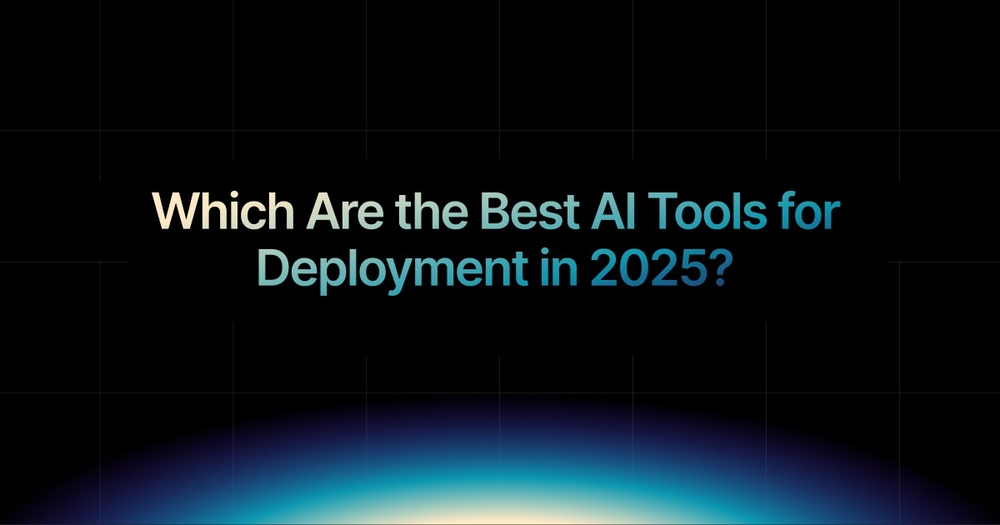
The way software teams ship applications is changing fast. AI tools for deployment are no longer just experimental add-ons, they are becoming essential for modern development teams looking to automate, optimize, and scale their application deployment pipelines.
From reducing manual configuration to predicting failures before they happen, AI is making deployments faster, smarter, and far more reliable.
Instead of relying solely on traditional scripts and manual DevOps tasks, today’s teams are integrating AI-powered deployment solutions directly into their workflows.
This shift is part of the broader movement toward AI-powered DevOps, where automation and intelligent decision-making handle everything from CI/CD pipelines to resource scaling and rollback strategies.
In fact, many of the best AI deployment tools in 2025 don’t just deploy code. They monitor performance, manage costs, and ensure zero downtime, all with minimal intervention from developers.
In this guide, we’ll explore what AI deployment tools are, the top options available in 2025, how they’re reshaping application deployment pipelines, and how to choose the right one for your workflow.
What are AI Tools for deployment?
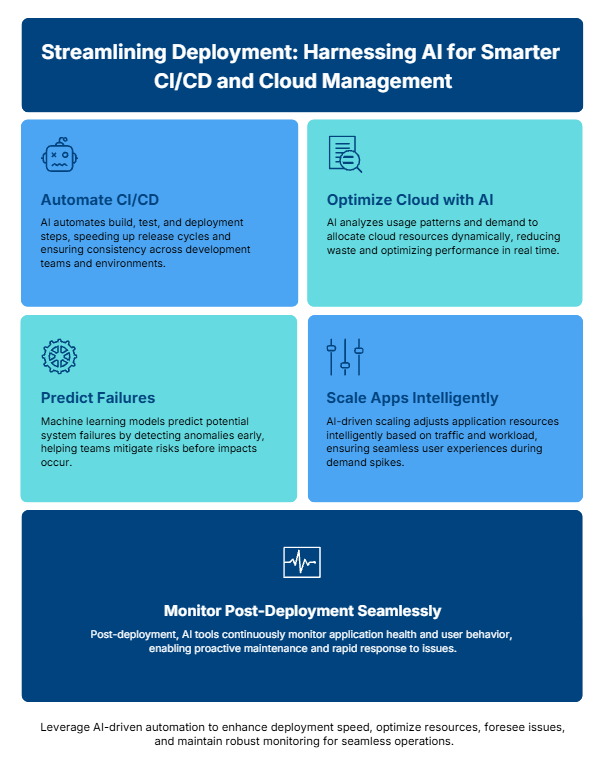 AI tools for deployment are software platforms that use artificial intelligence and machine learning to automate, optimise, and manage the process of releasing applications into production. Unlike traditional deployment tools, which require manual configuration and constant monitoring, AI-powered solutions can make real-time decisions during deployment, from automatically scaling infrastructure to predicting failures and rolling back problematic updates.
AI tools for deployment are software platforms that use artificial intelligence and machine learning to automate, optimise, and manage the process of releasing applications into production. Unlike traditional deployment tools, which require manual configuration and constant monitoring, AI-powered solutions can make real-time decisions during deployment, from automatically scaling infrastructure to predicting failures and rolling back problematic updates.
These tools play a critical role in:
- Automating CI/CD workflows to speed up delivery cycles.
- Optimising cloud resources based on usage patterns and performance metrics.
- Reducing deployment risks through predictive analysis and anomaly detection.
- Scaling applications intelligently to match demand without over-provisioning.
Modern teams rely on AI-powered deployment solutions to handle everything from application deployment pipelines to post-deployment monitoring and management.
This approach is becoming a core part of AI-powered DevOps, where the goal is to free developers from repetitive operational tasks so they can focus on building features.
For example, Kuberns integrate AI into every step of the deployment process, ensuring faster releases, better uptime, and even lower cloud costs through intelligent optimisation.
The best AI deployment tools don’t just execute deployments; they orchestrate the entire lifecycle from code commit to live production, often without requiring manual intervention at all.
Which Are the Top AI Tools for Deployment in 2025?
If you’re short on time, here’s the direct answer: Some of the best AI deployment tools in 2025 include Kuberns, Harness, GitLab AI, Octopus Deploy with AI, AWS CodeWhisperer + CodePipeline, Azure DevOps Copilot, and Google Cloud Deploy + Vertex AI Ops.
Each offers unique strengths in AI-powered deployment solutions, from automating CI/CD pipelines to predictive scaling and anomaly detection.
Let’s look at each in more detail.
Kuberns
 Kuberns stands out as a Platform-as-a-Service (PaaS) solution that leverages AI-powered deployment capabilities.
Kuberns stands out as a Platform-as-a-Service (PaaS) solution that leverages AI-powered deployment capabilities.
Known for its no YAML configuration, Kuberns simplifies deployment workflows, eliminating the need for complex setup files that are often prone to errors. The platform is optimised for AWS cost savings, providing intelligent scaling and auto-resource management that help businesses reduce their infrastructure costs while boosting deployment efficiency.
Its AI-driven engine automates the entire deployment lifecycle, including build, test, deployment, monitoring, and rollback.
It’s also built with cost optimisation at its core, helping teams save up to 40% on AWS hosting by intelligently scaling infrastructure based on real-time demand.
For startups, it means faster go-to-market without hiring a DevOps team. For freelance developers, it means delivering client projects without worrying about infrastructure headaches. And for IT teams, it’s a chance to standardize and simplify deployments without sacrificing control.
Harness
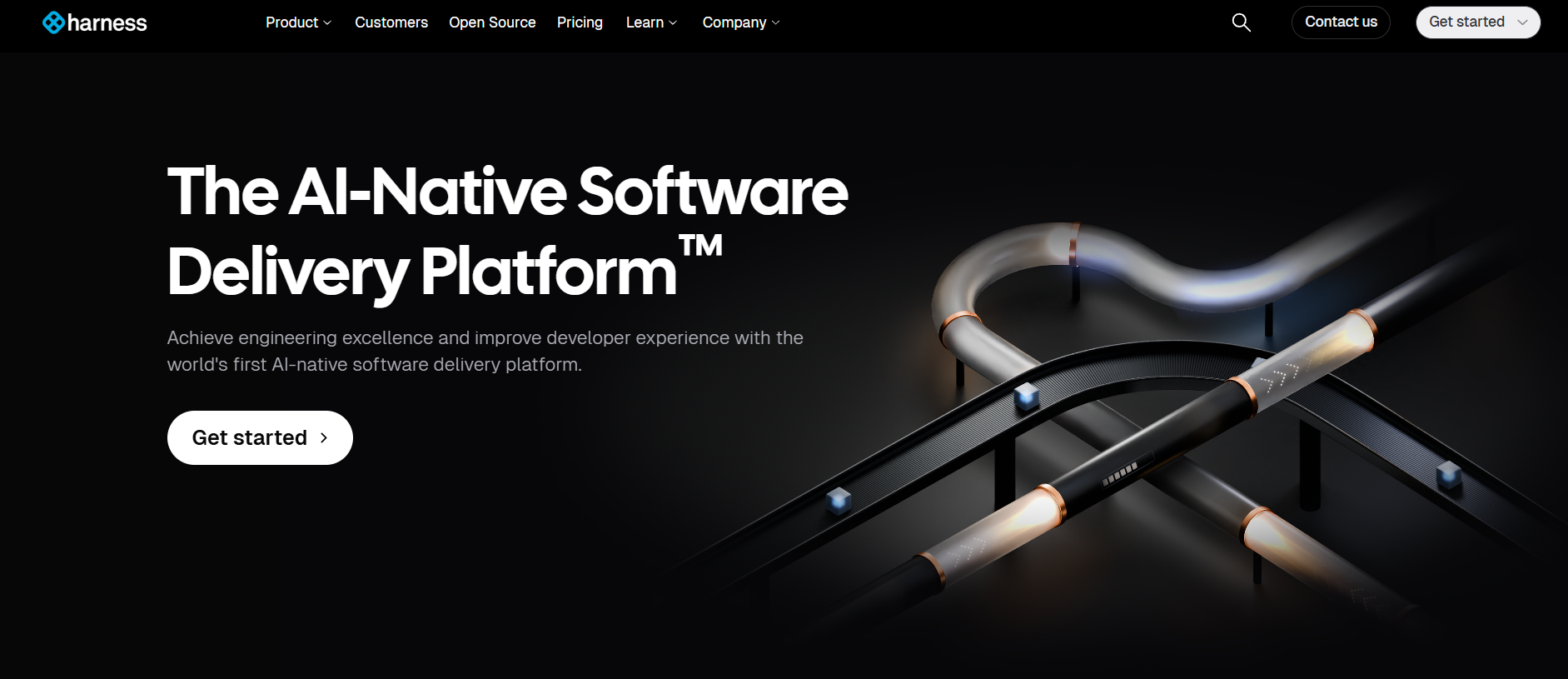 Harness is an innovative AI tool that focuses on machine learning-based deployment verification. It uses machine learning to verify deployments by monitoring metrics, logs, and user impact during release. If anomalies are detected, it can automatically trigger a rollback before customers notice a problem.
Harness is an innovative AI tool that focuses on machine learning-based deployment verification. It uses machine learning to verify deployments by monitoring metrics, logs, and user impact during release. If anomalies are detected, it can automatically trigger a rollback before customers notice a problem.
The platform also supports advanced strategies like canary deployments, blue-green rollouts, and feature flagging, giving teams flexibility in how they release new versions. With built-in cost governance and pipeline visibility, Harness is well-suited for enterprises and scale-ups running multiple, complex application deployment pipelines.
GitLab AI
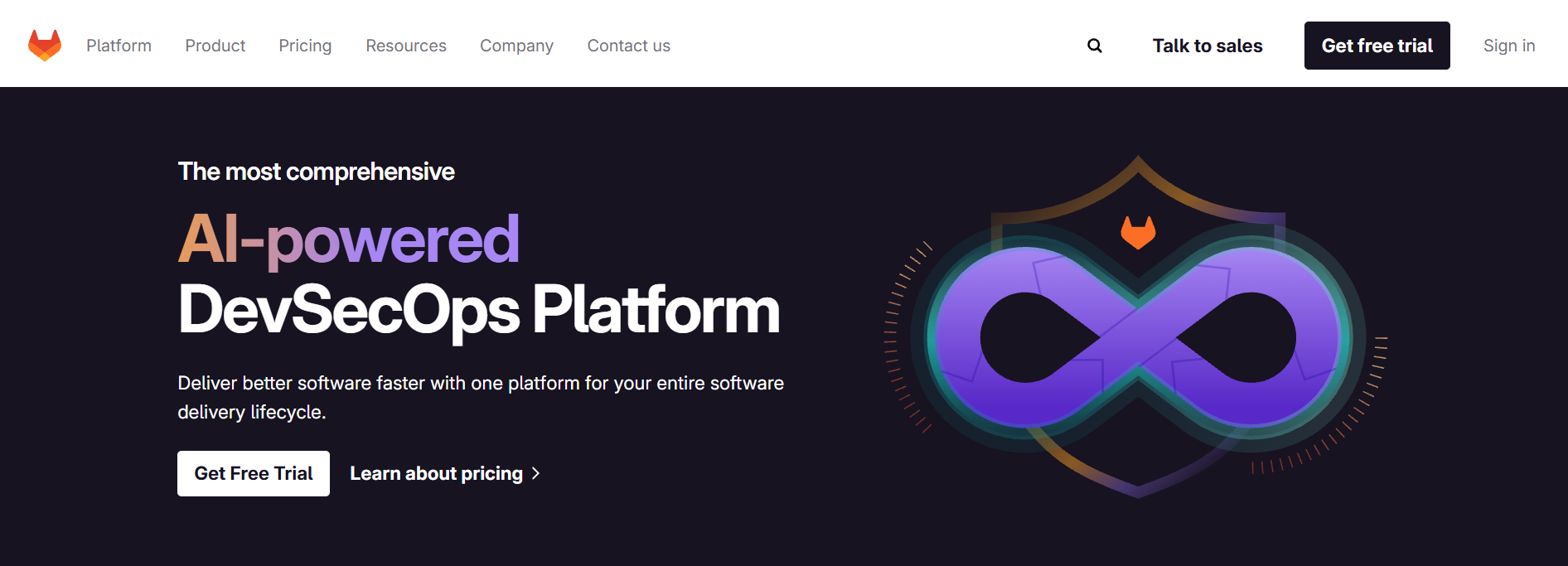 GitLab is already a complete DevOps platform, and its AI enhancements make it even more capable for deployment automation. With its AI-assisted CI/CD, GitLab helps streamline code integration, testing, and deployment by suggesting fixes, detecting bugs earlier in the pipeline, and optimising configuration settings. This tool significantly reduces manual effort and allows teams to focus on coding and innovation rather than deployment bottlenecks.
GitLab is already a complete DevOps platform, and its AI enhancements make it even more capable for deployment automation. With its AI-assisted CI/CD, GitLab helps streamline code integration, testing, and deployment by suggesting fixes, detecting bugs earlier in the pipeline, and optimising configuration settings. This tool significantly reduces manual effort and allows teams to focus on coding and innovation rather than deployment bottlenecks.
For teams already using GitLab for version control and CI/CD, adopting its AI-powered features feels seamless. You get intelligent assistance without having to adopt a completely new platform. This makes GitLab AI a strong choice for companies that want to enhance existing workflows rather than replace them entirely.
Octopus Deploy with AI
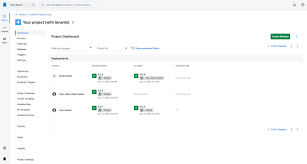 Octopus Deploy is known for its ability to handle multi-environment and multi-region deployments at scale. The platform’s integration of AI now allows for smarter configuration recommendations, reducing the trial-and-error that often comes with setting up complex release pipelines.
Octopus Deploy is known for its ability to handle multi-environment and multi-region deployments at scale. The platform’s integration of AI now allows for smarter configuration recommendations, reducing the trial-and-error that often comes with setting up complex release pipelines.
With AI, Octopus can suggest environment variables, automate dependency handling, and flag potential conflicts before deployment begins. This makes it ideal for enterprises with layered staging workflows, regulated industries, or applications that require fine-grained deployment control.
AWS CodeWhisperer + CodePipeline
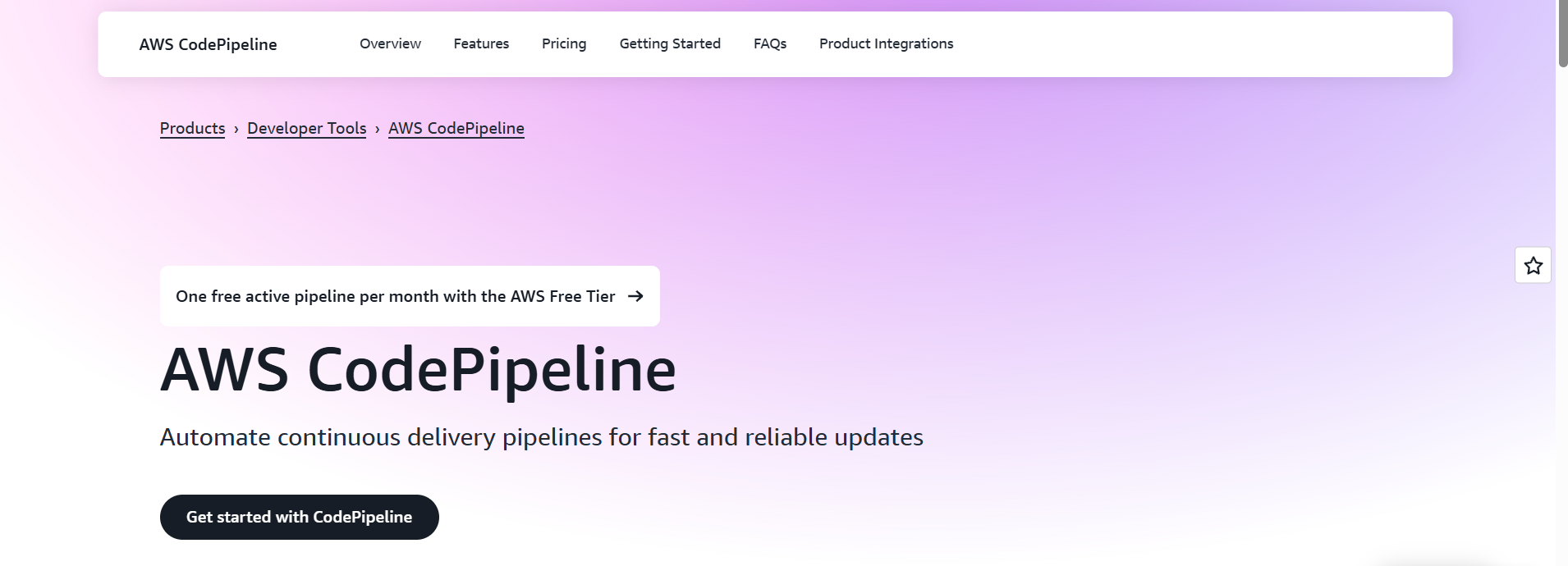 If your infrastructure lives in AWS, pairing CodeWhisperer with CodePipeline can transform how you deploy. CodeWhisperer is an AI coding assistant that can help write pipeline scripts, detect errors, and suggest optimisations. CodePipeline then handles the orchestration of your CI/CD process, from source to production.
If your infrastructure lives in AWS, pairing CodeWhisperer with CodePipeline can transform how you deploy. CodeWhisperer is an AI coding assistant that can help write pipeline scripts, detect errors, and suggest optimisations. CodePipeline then handles the orchestration of your CI/CD process, from source to production.
The advantage of this setup is deep AWS service integration, whether you’re deploying to EC2, Lambda, or EKS. For teams already operating in AWS, this combination keeps everything in one ecosystem while adding AI-driven intelligence to the build and release process.
Azure DevOps Copilot
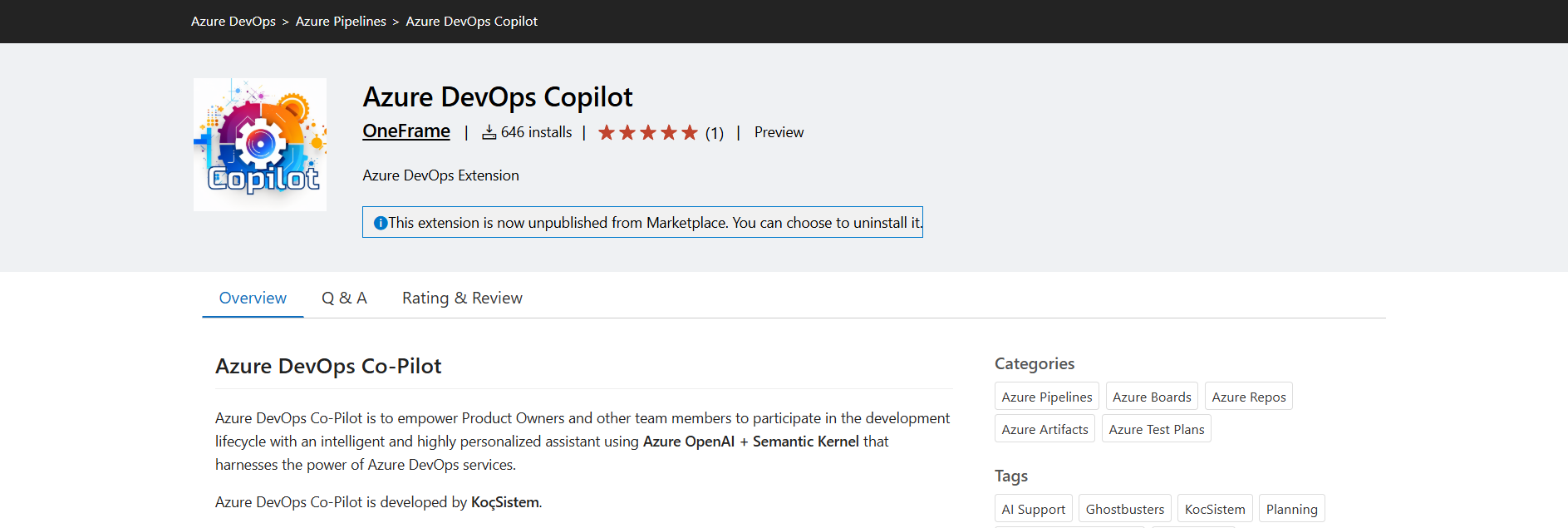 Microsoft has embedded its Copilot AI into Azure DevOps, offering intelligent guidance throughout the development and deployment process. From recommending pipeline steps to generating YAML configurations, Copilot helps teams build and deploy faster while minimising manual setup.
Microsoft has embedded its Copilot AI into Azure DevOps, offering intelligent guidance throughout the development and deployment process. From recommending pipeline steps to generating YAML configurations, Copilot helps teams build and deploy faster while minimising manual setup.
Because it’s fully integrated into the Microsoft ecosystem, Azure DevOps Copilot is particularly attractive to enterprises using Azure cloud services, Visual Studio, and Microsoft 365. It’s designed to work in harmony with existing Microsoft tooling, making adoption straightforward for large organisations.
Google Cloud Deploy + Vertex AI Ops
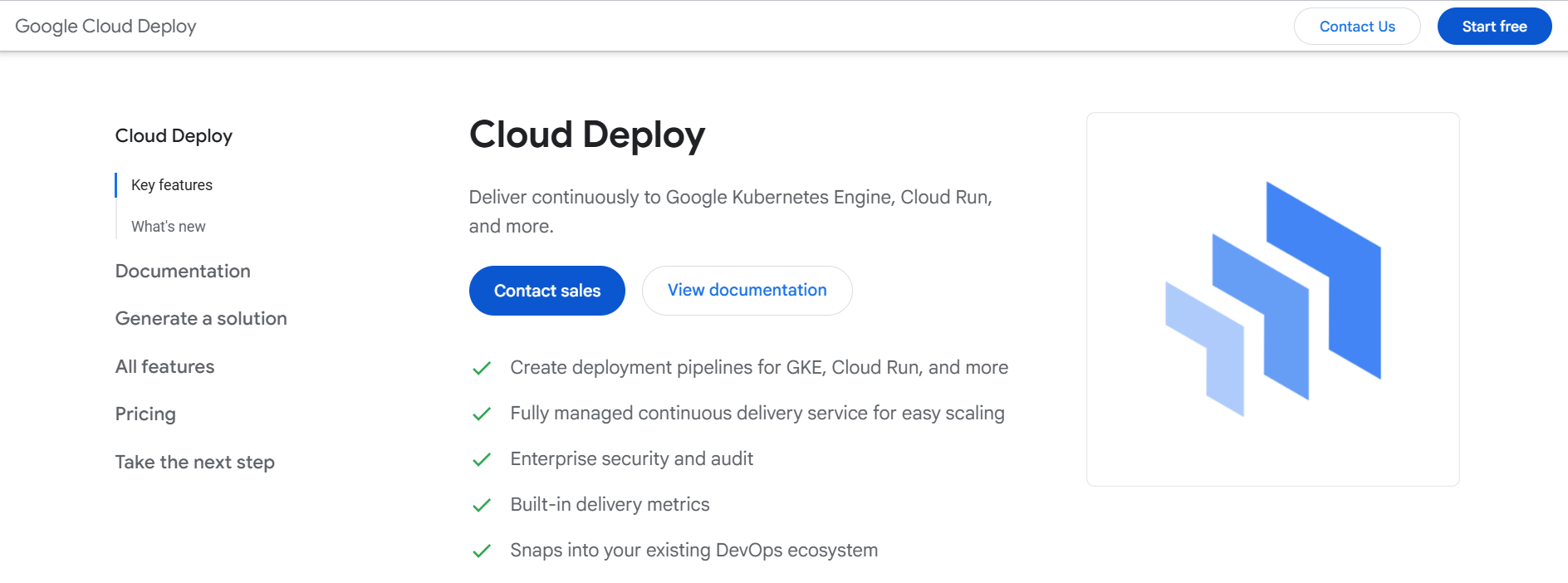 Google Cloud Deploy is a managed service for CI/CD that, when paired with Vertex AI Ops, brings predictive and proactive capabilities to deployments. Vertex AI Ops can forecast scaling needs, detect anomalies in performance data, and trigger automated rollbacks before an issue affects users.
Google Cloud Deploy is a managed service for CI/CD that, when paired with Vertex AI Ops, brings predictive and proactive capabilities to deployments. Vertex AI Ops can forecast scaling needs, detect anomalies in performance data, and trigger automated rollbacks before an issue affects users.
This combination shines for teams building on Google Cloud Platform (GCP) who want deep AI integration. The predictive scaling feature ensures applications can handle sudden spikes in demand without overspending on resources, making it a valuable option for cost-conscious yet performance-driven teams.
How AI Is Changing DevOps and Deployment Workflows?
 AI is fundamentally changing the way development and operations teams collaborate and deploy software. As AI tools for deployment become more integrated into DevOps workflows, they’re driving new levels of efficiency, automation, and reliability in the development lifecycle.
AI is fundamentally changing the way development and operations teams collaborate and deploy software. As AI tools for deployment become more integrated into DevOps workflows, they’re driving new levels of efficiency, automation, and reliability in the development lifecycle.
Here’s how AI is transforming the landscape of DevOps and deployment automation:
From Reactive to Proactive Deployment Management
Traditional DevOps workflows were reactive: a problem would occur, alerts would be triggered, and engineers would respond.
Now, AI deployment tools can predict issues before they impact production. By analyzing historical data, application logs, and usage trends, AI models can forecast potential failures or performance bottlenecks, allowing the system to take preventive measures automatically.
For example:
- If incoming traffic patterns suggest a 300% surge in the next 10 minutes, an AI-powered deployment solution can scale resources proactively, preventing downtime.
- If an anomaly is detected in CPU usage during a rollout, the system can trigger an automated rollback without waiting for manual approval.
Smarter CI/CD Pipelines
The integration of AI into CI/CD pipelines has made continuous integration and continuous delivery far more efficient, with tools like creating a useful AI presentation maker helping teams present these efficiencies in a way that is easy to digest for all stakeholders.
These intelligent pipelines can:
- Recommend optimal test coverage to catch bugs earlier.
- Auto-generate pipeline configurations based on repository content.
- Identify redundant processes that slow down deployments.
This isn’t just faster, it’s more reliable. By reducing human error and repetitive manual steps, AI ensures deployments are consistent across environments.
Cost and Resource Optimisation
One of the less talked-about benefits of AI for application deployment pipelines is cloud cost optimisation. AI models can analyse live resource utilisation, then adjust compute, storage, and networking allocations dynamically.
This means teams avoid costly over-provisioning while ensuring performance isn’t compromised.
For example, Kuberns uses AI to make infrastructure decisions in real time, cutting AWS hosting bills by up to 40% without requiring developers to manually fine-tune scaling rules.
Always-On Monitoring and Incident Response
Post-deployment monitoring is as important as the deployment itself. AI-powered tools run continuous health checks, analyse error rates, and monitor latency in real time.
If something goes wrong, these systems can identify the root cause in seconds and take corrective action immediately. This is especially valuable for large-scale applications where even a few minutes of downtime can mean thousands of dollars lost.
Scalable and Flexible Deployments
As applications grow and scale, so too does the complexity of their deployment processes. AI helps teams manage this complexity by automatically adjusting the infrastructure based on demand.
AI tools can analyse performance data in real time and predict scaling needs, automatically adjusting resources to handle changes in traffic or application load. This ensures that deployments can scale efficiently without over-provisioning resources, leading to cost savings and optimised performance.
Which AI Tool Should You Choose?
Choosing the right AI tool for deployment is crucial for streamlining workflows, enhancing productivity, and ensuring reliable software releases.
With the vast number of AI-powered deployment solutions available today, it’s important to pick a tool that meets the specific needs of your team, infrastructure, and deployment goals.
Whether you’re launching a product from scratch, scaling an existing service, or managing multiple projects, the challenges don’t change much:
- You need deployments to be fast and reliable.
- You need infrastructure to scale automatically without wasting budget.
- You need monitoring and security built in from day one.
- You want to spend more time building and less time managing DevOps complexity.
Kuberns was built around that principle. It’s designed to adapt to the way you work, whether you’re:
- Pushing your first MVP live.
- Maintaining a complex enterprise application.
- Running multiple client projects on tight deadlines.
Why Kuberns Works for All Teams and Use Cases?
Kuberns was built with these challenges in mind. It addresses the key needs of speed, security, automation, and scalability, making it suitable for a wide range of users, from development teams to startups.
- Fast, Efficient Deployment: Kuberns simplifies the deployment process by automating the entire workflow, allowing teams to deploy faster without needing deep expertise in infrastructure management. Whether you are a startup with limited resources or a development team looking to streamline your deployment pipeline, Kuberns offers an intuitive platform that accelerates deployment timelines and eliminates repetitive tasks.
- Security and Compliance: Security is a top concern for all teams, especially when deploying to cloud environments. Kuberns ensures secure deployments by integrating security features directly into the deployment pipeline. Its AI-driven monitoring and self-healing capabilities also ensure that security issues are detected early, reducing vulnerabilities in production environments.
- Automation for Consistency: Whether you’re deploying a simple app or a complex microservices architecture, automation is critical for consistency. Kuberns integrates AI-powered automation to handle the repetitive aspects of the deployment lifecycle, such as configuration management, scaling, and resource optimisation. This ensures that teams can focus on more strategic tasks rather than getting bogged down in manual processes.
- Scalable and Cost-Efficient: For teams that need to scale applications dynamically based on usage, Kuberns offers intelligent scaling. This capability allows teams to optimise resources in real-time and ensure that the application can handle varying traffic without overspending on cloud resources. This is especially important for startups and development teams looking to manage costs while ensuring high availability.
Kuberns is designed to meet the needs of any team aiming for speed, security, and scalability in their deployment pipeline.
Whether you are a developer working solo, a small team in a fast-growing startup, or a large enterprise with complex deployment needs, Kuberns provides the tool to meet your unique requirements efficiently and securely.

FAQs About AI Tools for Deployment
As AI tools for deployment become integral to modern software development, many developers and teams have common questions. Here are answers to some of the most frequently asked queries.
1. What Are AI Tools for Deployment?
A: AI tools for deployment automate and optimise the deployment process using machine learning, predictive analytics, and automation. They help streamline tasks like continuous integration and delivery (CI/CD), ensuring faster and more reliable application deployments.
2. Why Should I Use AI Tools for Deployment Instead of Traditional Tools?
A: Unlike traditional tools, AI tools for deployment automate repetitive tasks, reduce human error, and offer predictive analytics to improve reliability. This results in faster, more secure, and scalable deployments.
3. How Does AI Help in Continuous Integration and Continuous Delivery (CI/CD)?
A: AI optimises CI/CD pipelines by automating testing, identifying potential issues, and predicting the success of deployments. This speeds up the delivery process and ensures that code quality remains high.
4. How Do AI Tools Improve Deployment Security?
A: AI tools integrate security into the deployment process, automatically detecting and addressing vulnerabilities in real-time. They also provide continuous monitoring to ensure the deployment stays secure throughout its lifecycle.
5. How Do AI Tools Help with Resource Management and Cost Optimisation?
A: AI tools optimise cloud resources by predicting usage patterns and scaling automatically, preventing over-provisioning and reducing costs. This ensures efficient use of resources while maintaining application performance.
6. Can AI Tools Help with Multi-Cloud and Hybrid Cloud Deployments?
A: Yes, AI tools can manage deployments across multi-cloud and hybrid environments, ensuring consistent performance and optimising resource allocation across different cloud providers.
7. Which Teams Can Benefit from AI Tools for Deployment?
A: AI tools for deployment benefit developers, DevOps teams, startups, and large enterprises by automating deployment tasks, enhancing security, and ensuring scalability and efficiency in the deployment pipeline.
8. How Do I Choose the Right AI Tool for Deployment?
A: When choosing an AI tool, consider factors like automation needs, security features, scalability, and how well it integrates with your existing tools. Selecting the right tool depends on your team size and deployment complexity.